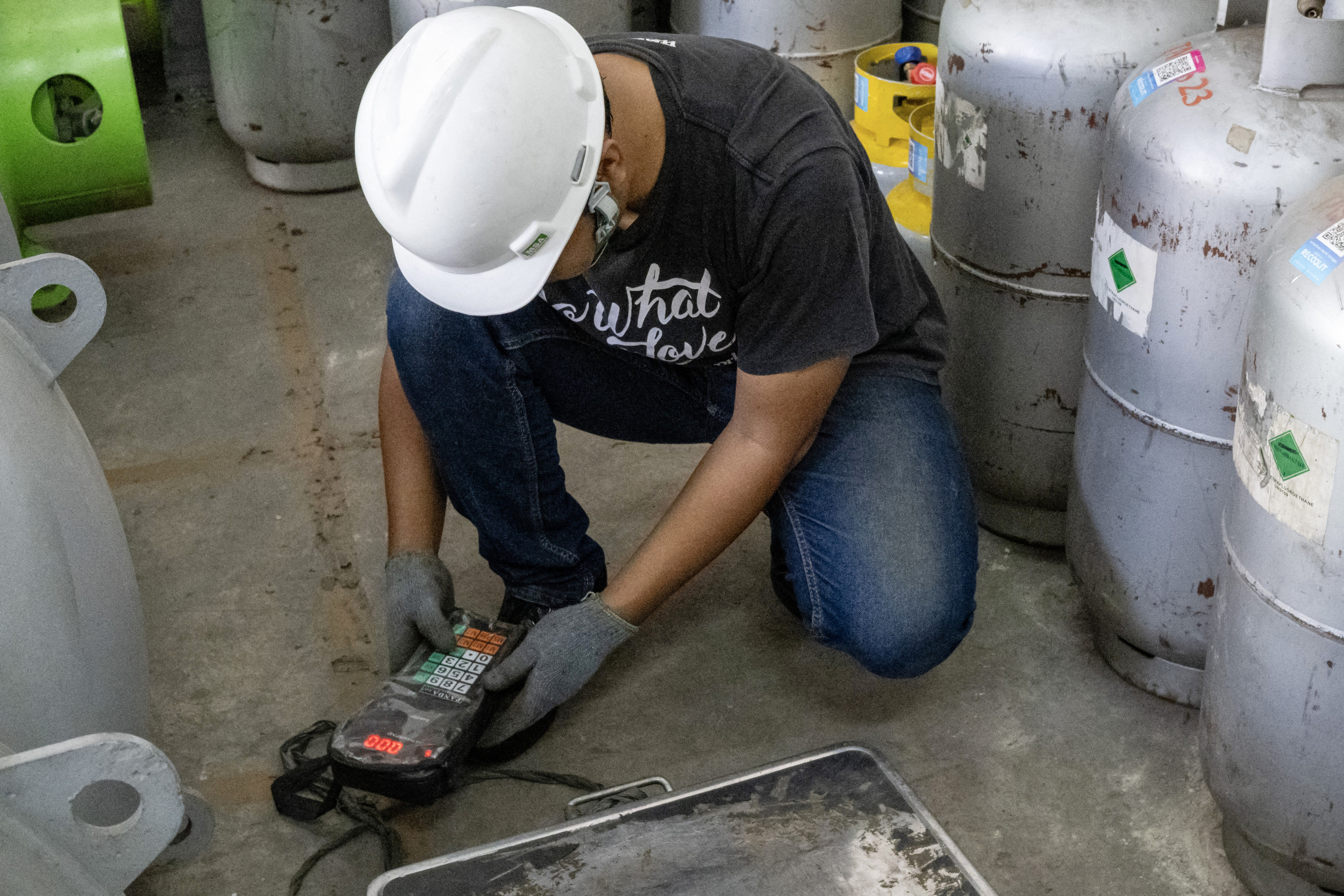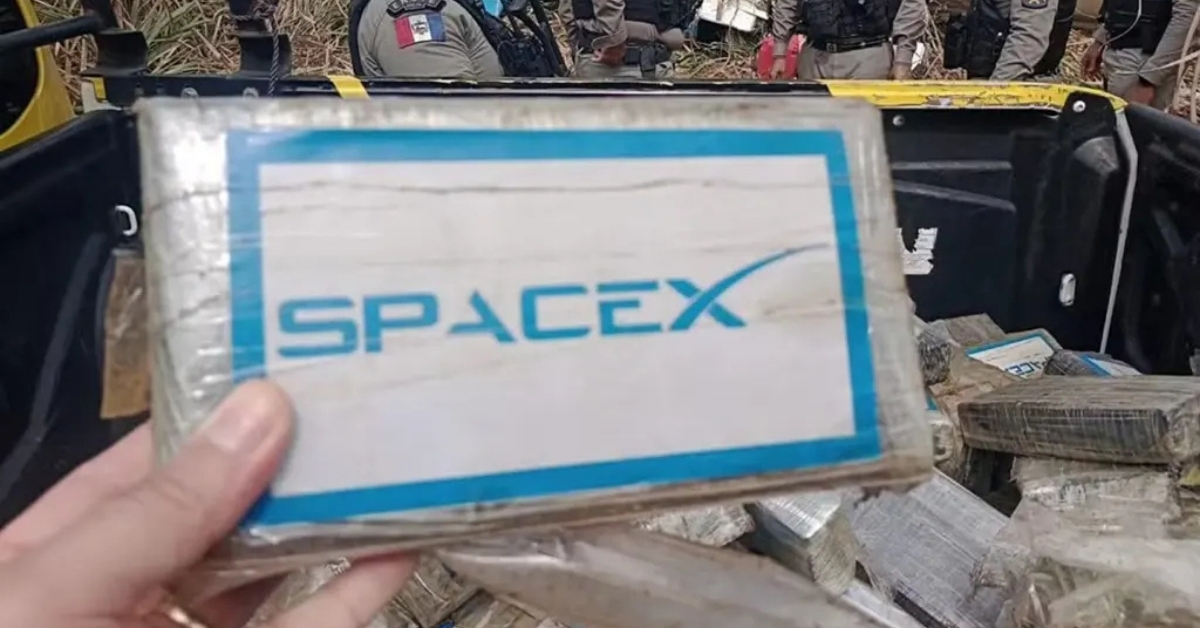
Companies with large frontline workforces continue to experience difficulties in both hiring and keeping skilled, on-site employees, like those working at cable providers, water treatment centers and warehouses. While staffing often is challenging for companies, those challenges seem to have been more pronounced in the last few years.
“It’s a very competitive labor market out there,” said Amazon CFO Brian Olsavsky in 2021, adding that “wage pressure” is “the biggest contributor to inflationary pressures.” The Seattle-based online retail giant was reportedly concerned that it could run out of warehouse workers in the United States and has been raising pay and benefits for this population over the last few years, including a significant wage hike it announced last month.
In interviews with Newsweek, two companies with hundreds of thousands of frontline staff members across the U.S. shared their strategies for not only retaining their employees but also improving their quality of life.
“[The role of] field technician is our biggest area of turnover,” said Scott Salmirs, CEO of facilities management company ABM Industries. “It’s a workforce that’s aging out.”
ABM provides janitorial services, engine room maintenance, landscaping and food service at corporate offices, schools and airports. “Our on-site engineers, they’re getting older, and for a period of time, it wasn’t too sexy to go into [these jobs]. Everybody wanted to go work at a social media company,” he told Newsweek.
Salmirs emphasized the stable salaries that tenured field technicians can earn, even living in major metro areas. Those technicians, he added, also enjoy strong job security without needing a college degree.
Salmirs and other leaders who employ large frontline workforces are hoping their investments in better compensation, career opportunities and workplace tech will both attract new workers and prevent existing ones from leaving.
A Shift in the Competition for Talent
In 2020, economic estimates showed that around 30 million Americans worked in frontline industries such as trucking, logistics, public transit and warehousing. Frontline workers include cashiers, cleaners, health care and child care professionals and bank tellers, among others. Many frontline workers represent groups that can face societal barriers, including women, immigrants, people over 50, racial minorities and people without a college degree.
Over time, people have been leaving these jobs for the kinds of jobs that became slightly more available with the pandemic-driven rise in remote and hybrid work. Recognizing the increased competition for talent over the last five years, major employers like Target, Walmart and multiple banks have invested significantly to raise wages and expand benefits.
Bank of America recently announced a minimum wage of $25 an hour. Walmart has invested heavily in a tuition-free education benefit and reports that so far, 126,000 employees have used it. Amazon is deploying robots in its warehouses in an effort to make work safer and easier for employees.
Results have been varied, however, as a U.S. Senate committee report published in December showed that Amazon warehouses recorded a 30 percent higher incidence of injury than the industry average, according to the Financial Times.
At Charter, a telecom company with $55 billion in revenue and 90,000 employees, the emphasis on working conditions comes from the top. Former CEO Tom Rutledge started at the company as a technician in college, and EVP of field operations Tom Monaghan started as a technician as well. Their presence in seniormost leadership shows that frontline workers matter to the corner office and offers hope for their career potential.
Company leaders say they are focused on attracting new people into their frontline jobs and keeping their tenured staff from leaving, whether for a remote gig, a competitor’s offer or other reasons. Leaders go on regular listening tours around the country to better understand what those workers need.
“Like other employers with large frontline workforces, we had to tackle turnover as a key barrier to [company success],” said Charter EVP and CHRO Paul Marchand. After its $35 billion acquisition of Cox Enterprises earlier this year, Marchand developed a new employment value proposition for all frontline staff.
“Pay was the first thing we looked at,” Marchand explained, emphasizing a focus on pay that is attractive and also allows employees to save. At the time of the merger, the company raised its minimum wage from $15 per hour to $20 per hour.
Pay may have been an obvious place to start, Marchand said, but “benefits was another place.” The company has absorbed increased health insurance costs for 12 years, never raising premiums for employees.
And this year, Charter announced a more accessible employee stock purchase program and tuition-free education benefits.
“We’re using it to tell people, ‘Come join us and get a degree, without worrying about debt,'” Marchand said.
Better Tech + Better Managers = Better Experience
Like with Amazon and many other employers with large blue-collar workforces, technology is being used to improve quality of life for frontline employees.
“Our evolving business model with more diversified and durable sources of profit have provided the ability to fund investments in…wages and benefits for our associates, and leading-edge technologies to power our growth,” said Walmart CFO John David Rainey on the company’s Q2 earnings call. The retail giant just opened a distribution center that is 98 percent automated, while an app-based chatbot helps store employees manage inventory and serve customers faster.
ABM has implemented new, more comprehensive manager training and is boosting that with an AI coaching guide for managers. In addition, the company uses technology to improve on-site employees’ safety and efficiency, as well as lessening the physical strain of their roles. Many major blue-collar employers are making such bets.
“My hope is, with all this AI technology and things like wearing the glasses and being able to work on equipment, where they’re seeing the manual through the screen, it’s going to become more and more interesting for younger folks,” Salmirs said.
The company’s AI-powered manager guide is a 24/7 support tool that helps managers navigate difficult conversations around employee burnout or stress.
“This AI coach can come in and help managers with situations like, ‘I have a team member that is mad. What do I do?’, where you need immediate points and maybe HR is unavailable,” said Lisa Syacsure, vice president of HR at ABM.
Like Charter, ABM takes pride in seeing former field workers moving into management roles and is now making more of an effort to highlight those career paths and encourage employees to consider them.
“Back in 2020, we started a project in the field HR team on retention, really trying to focus in on why people are leaving and how can we help,” she explained. “We’ve refreshed those playbooks by really focusing on that frontline manager and ensuring they hire well, onboard correctly and continue to engage and support those team members.”
Seeing a payoff on these investments and initiatives can take time, but ABM is starting to see results. “We’re starting to see those efforts play out and starting to see our retention [rates improving] in those pilot areas,” Syacsure said.



